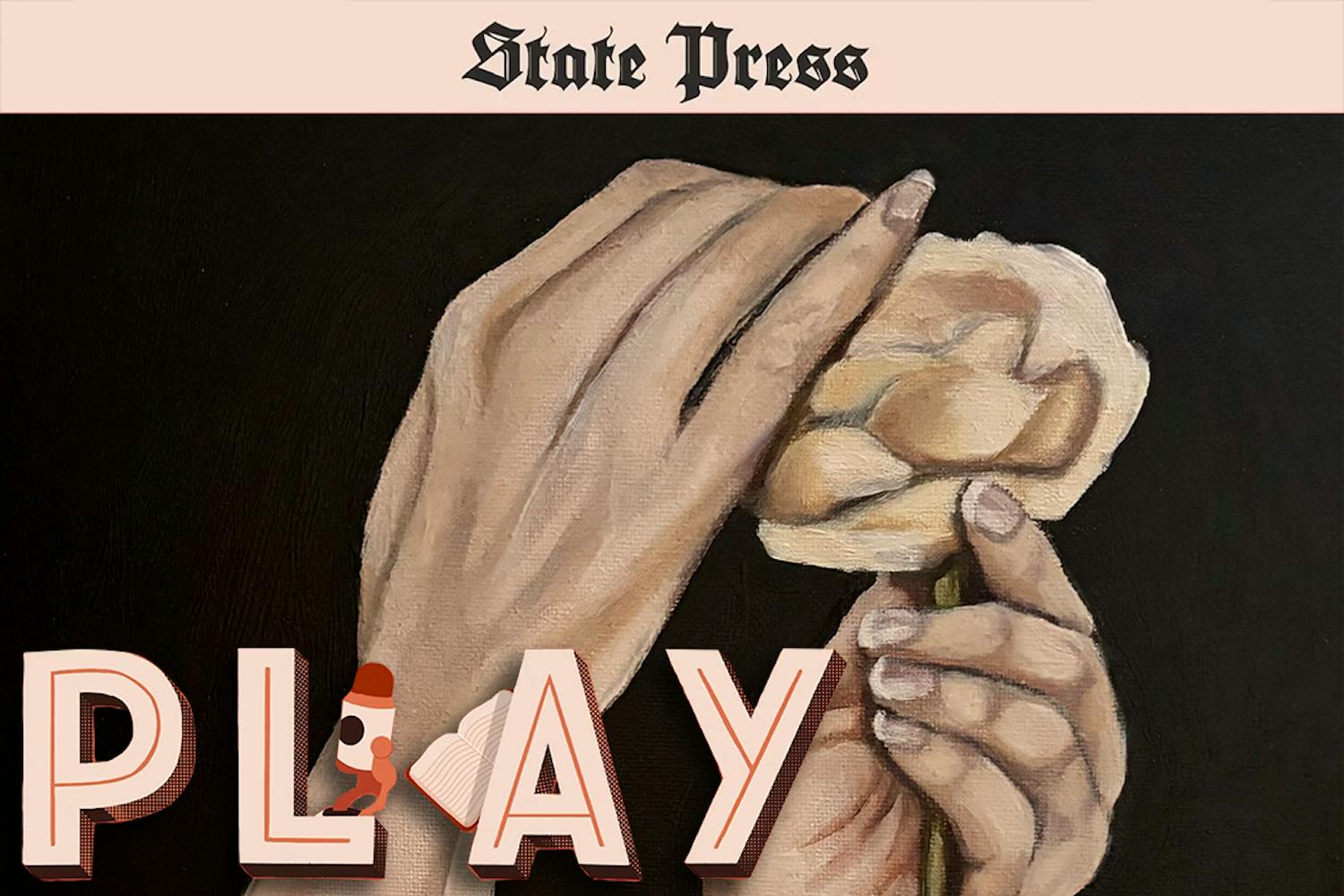If humpback chubs could talk, they would tell you better than anyone that flooding in the native habitat of this native fish species, the Colorado River, hadn't happened for a long time before 1996. To be specific, it hadn't happened since the Glen Canyon Dam was built in 1963 in Page, Arizona. And until the fateful day in 1996 when the government changed that with an experimental flood, the river had been flowing predictably through Arizona. Maybe the humpback chubs don't have these dates written down in the archives of their history, but their dwindling numbers told us they were noting the change.
Now the government is trying that experimental flood again.
Behind the Glen Canyon Dam is built up sediment and Lake Powell, a picturesque body of water crowded between red and white canyon walls. South of the dam is a changed Colorado River; it was muddy and warm before the dam, but now it is clear and cool. That might sound nice to us, but the native fish species aren't enjoying the renovation.
Their physiology is adapted to the warm, turbid and unpredictable waters where, according to the U.S. Fish and Wildlife Service, they evolved more than 3 million years ago.
With the changed environment, the species declined so much that it was enlisted as endangered in 1986 by The World Conservation Union, which automatically means that a "recovery plan" is drawn up and approved by the Fish and Wildlife Service with steps to evade its extinction and re-establish it as a healthy population.
One big news story this week is the man-made flooding of the Colorado River occurring right now. The U.S. Geological Survey is releasing water from Glen Canyon Dam's bypass tubes for the third time in 12 years in hopes of understanding and recreating natural floods that could restore the humpback chub's habitat.
Meanwhile, the feds are getting all the credit for caring so much about the Grand Canyon's ecosystem because they do cool experiments like this one. Dare I mention the half-witted "projects" that came before?
Not to burst anyone's bubble, but here's a fact that isn't making it into primetime news: The government's original humpback chub recovery plan proposed that the fish species would be considered "saved" when the population reached a mere 2,100 fish. Too bad that's less fish than what they started with when they were originally listed as endangered, according to the organization Earth Justice.
Blowing up river sections with dynamite would have been within the keeping of the recovery plan. This recovery plan was taken to court by Earth Justice and declared inept in 2006 according to their Web site.
And here is another problem that plagues all wildlife managers, not just ones in the Grand Canyon: Most of the funds that wildlife managers accrue are from hunters and fishers buying permits. That means that projects must keep this demographic happy. In this case, rainbow trout were stocked in the river for the fishers, even though the rainbow trout is a known predator of the young humpback chubs and out competes the others for food.
Even though the chub was on the verge of extinction, they had to keep their customers content. They are since having second thoughts about this. According to the US Geological Survey, 60 percent of rainbow trout had been removed from crucial parts of the river by 2003. OK, so one good move.
Also, according to the USGS Web site, a "summer steady flow experiment" in 1999 may have increased the fish populations. So why haven't they tried it again? Did they forget that this method of water regulation had promise?
Lastly, the senior program director for the Grand Canyon Trust, Nikolai Lash, claimed to MSNBC that this flood was planned quickly after a law sued by the trust against the government for not taking sufficient action to protect the Grand Canyon ecosystem.
So as our government basks in the glow of the "green" victory they accomplished by letting the river run wild, I must wonder again what the humpback chubs would say if they could talk — probably something about how they would do a better job themselves.
Lindsay is a conservation biology senior. You can reach her at: lindsay.wood@asu.edu.



